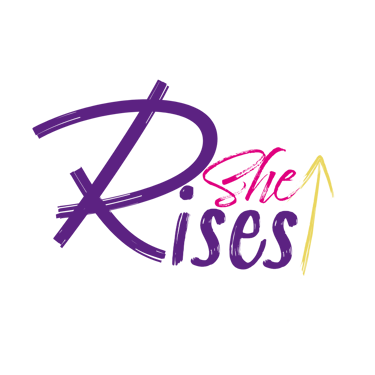Signing Emancipation Papers at 17
I had no safety net and had to face the world alone. Even today, youth aging out of foster care often lack the community they need to truly survive and thrive. This post is a call to action: it takes more than programs, it takes real connection to rise.
7/2/20241 min read


I still remember the courtroom at 17 like it was yesterday. I wasn’t free, I was scared.
I had just been accepted to Kansas State University, ready to take that next step, but in that moment, I had nothing to fall back on.
Back in 2002, support for youth aging out of foster care was almost nonexistent. I had to take out student loans because no one was there to help. If I failed, it was on me.
Today, there is more support, and that’s progress. But the truth? Kids are still getting dropped from the system without a community to catch them. Without that network, surviving is a battle fought alone.
Community is what it takes to rise.
More than programs, more than policies—what young people need is people. Real connection. Consistent support. A circle that says, “You belong. We’ve got you.”
What can you do to help change this?
Build community. Mentor, volunteer, just show up.
Advocate for lasting support beyond 18, housing, healthcare, education.
Listen to youth voices and elevate them.
Hold systems accountable to provide not just services but relationships.
Survival isn’t just about signing papers or navigating loans. It’s about knowing someone has your back when the world lets go.
For me, signing those papers wasn’t freedom. It was stepping into a fight no one warned me about. But I made it through. And I’m still here, building the community I never had—so no one else has to do it alone.
